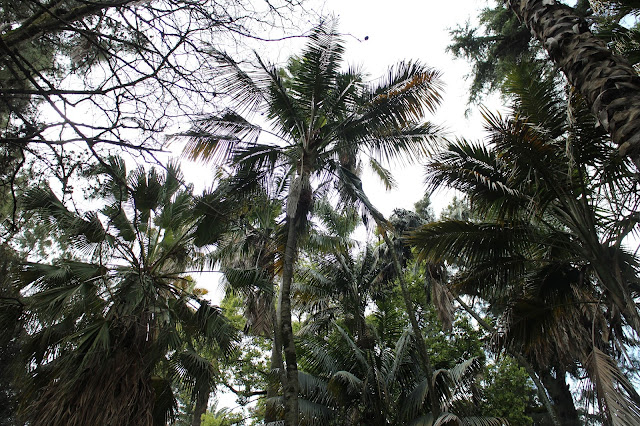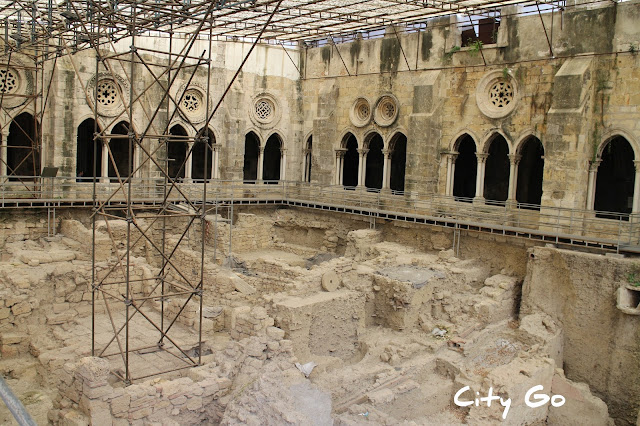Lisbon Botanical Garden, Portugal
Lisbon Botanical Garden was founded in 1873, a part of the Lisbon Polytechnic School, intended for scientific research and teaching from the beginning. The place which was chosen for the garden, hill Olivete, already had a long tradition in botanical studies, as the school had previously been the Jesuit College of Cotovia (1609-1759) and the Royal College of Nobles (1761-1837). However, only in 1873, by the initiative of Count of Ficalho, did the current garden start being planted.
When it was inaugurated the garden was considered one of the best in Europe and even for today's standards it displays an impressive collection of sub-tropical vegetation. Located on a hill, it's ideal to accommodate a large diversity of plants, with the cactus and succulent plants, which resist better to the heat and sun, on the top and the plants that need more moisture on the bottom. In Summer there can be a difference of 2ºC between top and bottom. The garden includes between 1300 and 1500 species of plants but the ex-libris are the cycadophytes, plants with a long fossil history which are becoming rare and that, in some cases, would become extinct if it were not for botanical gardens. The garden also includes Chrysophyllum Imperiale, a plant from Rio de Janeiro in Brazil, gifted to the garden by king D. Pedro IV (emperor D. Pedro I of Brazil) and in risk of extinction in their natural habitat.
Other points of interest are the Carnivore Plants Greenhouse and the Butterflies Greenhouse, the only one opened to the public in Europe but only in Spring, when the eggs hatch.
The Garden has recently been renovated, but this renovation was mainly aimed at infra-structures, so the Garden still looks a bit run-down. Nevertheless, it's a visit not to be missed by those interested in botany.
Opening hours: Tue. to Fri. – 10h00 to 17h00; Weekend – 11h00 to 18h00; Closed on Mondays and Holidays.
Entrance fee: €2
How to go: Metro- Rato (yellow line); Bus- 758 e 773.
Opening hours: Tue. to Fri. – 10h00 to 17h00; Weekend – 11h00 to 18h00; Closed on Mondays and Holidays.
Entrance fee: €2
How to go: Metro- Rato (yellow line); Bus- 758 e 773.



























Comments
Post a Comment